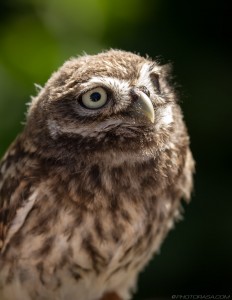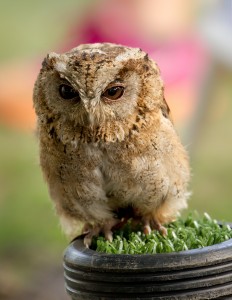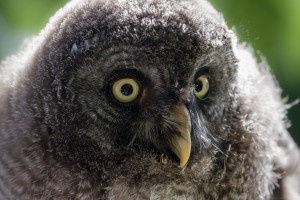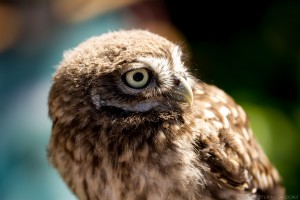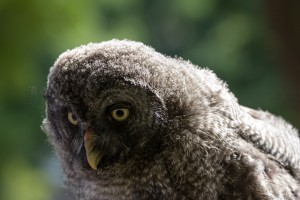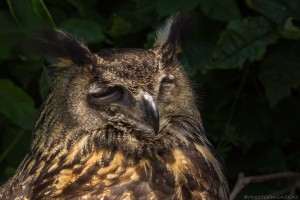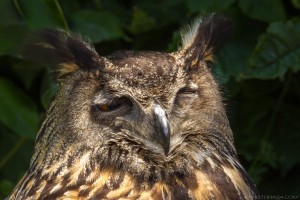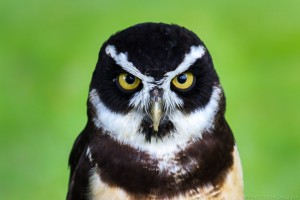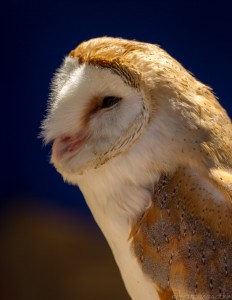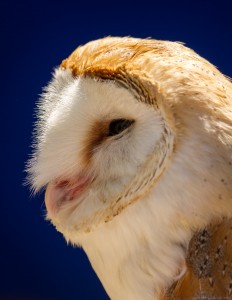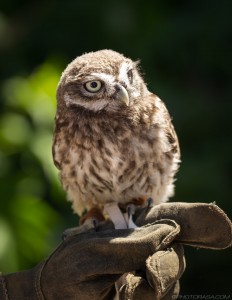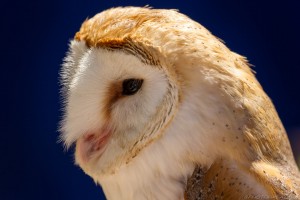Owls
Owls are an ancient and mystical bird, symbolised in many civilisations through human history. They are fearsome hunters and are usually active at night. They are nocturnal creatures, using the cover of darkness to facilitate their swooping, stealth kills on poor unsuspecting rodents.
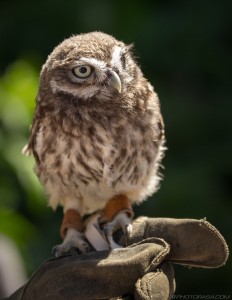
The Mystical Owl
The Owl is a significant creature in many old and some newer cultures. The Egyptians thought the owl was a magical spirit that protected people as they passed from the world of life to the world of death. Most Native American Indian tribes associate the owl with death. It is the subject of many scary children’s stories and its hoot is seen as a bad omen. Many other cultures associate the owl with death. One can assume this is because of its nocturnal nature, and certain physical traits. It has very large eyes, a piercing gaze and the strange ability to turn its head almost 360 degrees.
The Hunter Owl
The Owl is a member of the Strigiformes order of animals which includes over 200 birds of prey. It is a lethal hunter. In a nighttime environment it has numerous physical traits that give it advantages over its potential prey. An Owl has big, front facing eyes that allow it to see superbly at night and give it a superb judgement of space and distance when focusing on its prey. Its eyeballs are actually tubular in shape and sunken into the eyeball sockets so the owl cannot rotate its eyeballs but must move its whole head to change its view. This is actually an advantage when hunting because the owl can swivel its head silently to a very high degree when tracking its prey. The body remains totally stationary and no noise is made.
Owls do not have amazing hearing because it is especially sharp or sensitive but certain physical traits greatly enhance its aural abilities. Their ears are asymmetrical, i.e. they are different parts of the head and not opposite. This makes it much easier to identify where a noise is coming from because the noise will always reach one ear before the other, allowing the owl to triangulate the sound and locate its source quickly. The feathers around the ears also act as sound funnels, sucking up any noise in the vicinity.
An owl’s talons are perfect for capturing their prey. These powerful tools can crush the unfortunate victim and preparing the flesh for the razor-sharp beak to finish the job.


